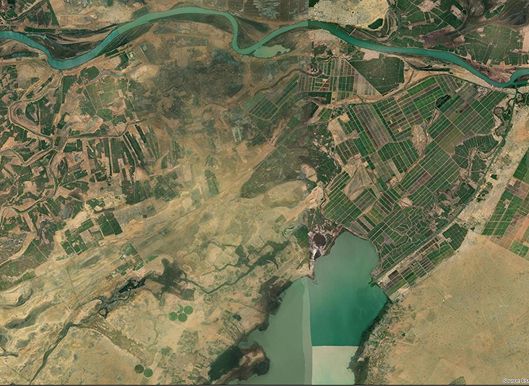Submitter: (International Rice Research Institute - IRRI)
Geospatial technologies enable mapping of rice area, yield, and suitability for DSR by integrating satellite imagery, remote sensing, and GIS-based analysis for precise, data-driven decisions. Geospatial technologies are used to map and analyse the rice-growing areas, assess yield potential, and determine the suitability of DSR cultivation. The approach aims to optimize rice production, improve resource management, and support sustainable agricultural practices.

Bihar Agriculture University, Jeevika, IFFCO Kisan Sanchar Limited, Click2cloud, JNKVV
Mr. Amit Srivastava, Scientist II – Geospatial Sustainable Impact through Rice-based Systems
Email:
amit.srivastava@cgiar.org